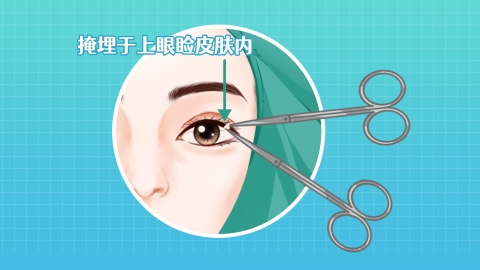Six months after double eyelid surgery, there is hyperplasia at the corner of the eye; will it disappear on its own?
Generally speaking, double eyelid refers to blepharoplasty (double eyelid surgery). Whether the scar hyperplasia at the canthus will disappear on its own six months after blepharoplasty mainly depends on the severity of the hyperplasia. If it is mild hyperplasia, it generally resolves spontaneously; however, if it is severe hyperplasia, it may not disappear on its own. Blepharoplasty involves designing incisions at suitable positions on the upper eyelids, removing part of the orbicularis oculi muscle and fat tissue, and attaching the eyelid skin to the tarsal plate at the desired height to form a double eyelid crease, thereby creating a double eyelid appearance. The general reference price for blepharoplasty is 1,000–6,000 yuan per session. Noticeable improvement is usually seen 1–3 months after surgery, although symptoms such as swelling and pain may occur. Detailed analysis is as follows:

If the individual does not have a scar-prone constitution and the hyperplasia is mild, over time the body's natural healing mechanisms will gradually soften and flatten the scar tissue, with fading pigmentation. It typically resolves spontaneously within 1–2 years after surgery. During normal skin healing, fibrous tissue undergoes proliferation and remodeling, and in individuals without a scar-prone constitution, this process generally proceeds smoothly, allowing mild hyperplasia to resolve naturally.
However, for individuals with a scar-prone constitution or those with severe hyperplasia—such as scars that are significantly raised, hardened, or accompanied by symptoms such as redness, swelling, pain, or itching—the scars typically will not resolve spontaneously. In scar-prone individuals, fibrous tissue tends to proliferate excessively after injury and cannot self-regulate back to a normal state. Severe hyperplasia indicates a significant abnormality in the tissue healing process, exceeding the body's natural repair capacity.
It is recommended to visit a reputable hospital and undergo the procedure under the guidance of a qualified physician to ensure surgical safety and effectiveness. Postoperative care includes maintaining wound cleanliness and dryness, avoiding strenuous exercise, attending regular follow-up appointments, and following medical advice for proper wound care.







